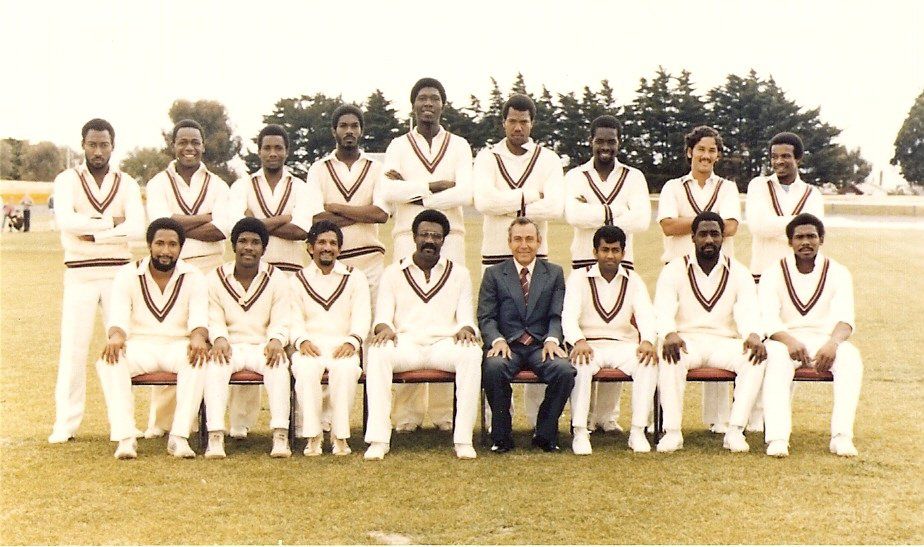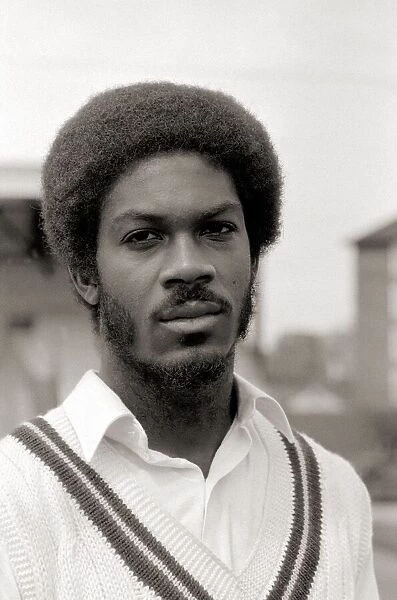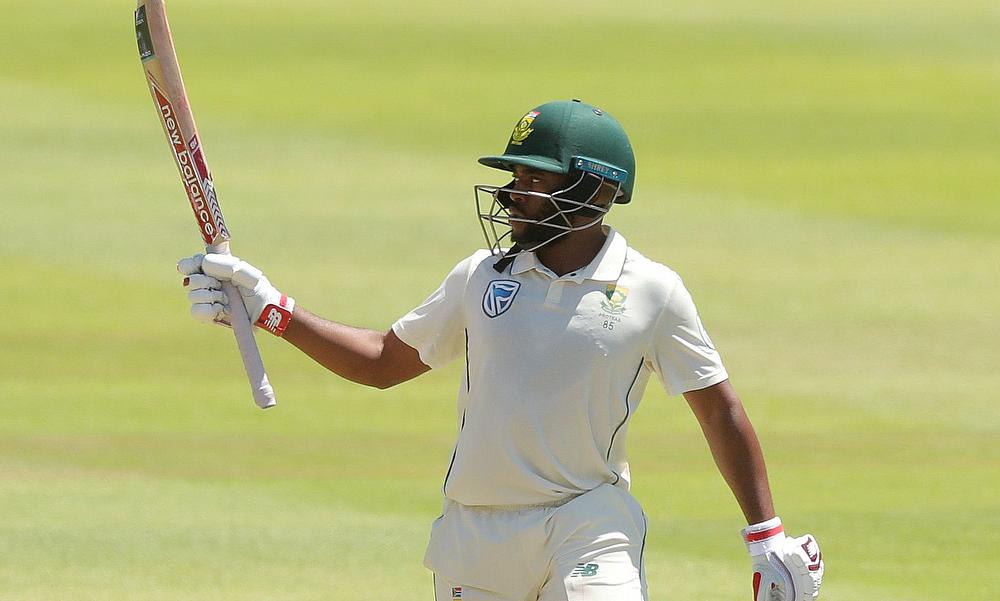West Indian cricket. The very mention conjures memories of the great fast bowlers who came out of those disparate islands. They also produced great batsmen in the form of Vivian Richard, Clive Lloyd, Brian Lara, the 3 Ws and a host of others. Richards still remains the only international captain who had captained for a substantial period of time, not to have lost a single series. Nonetheless, it was their fast bowlers who evoked a sense of shock and awe amongst their opponents. They were exceptionally quick, genuinely mean. Ofcourse, not in the verbal way. Opponents throughout the world feared the moment they stepped onto the field. In this part, I will write about the rise of the West Indian empire.
Back in the days, I have often heard that the West Indian batsmen and bowlers used to practice at the innumerable number of beach in the islands. I was convinced that if you play on the beach, you will go onto be a great player. It took few years for me to understand that this is not the case and that you require real skill and talent to become a great player and West Indies at that point had them in abundance.
I do not want to get into the early days of West Indies because it was too long ago in history. I will rather stick to the period when Clive Lloyd became the captain.
A unique team in the world of sports
No other sport would have seen a group of sovereign nations come under the umbrella of one game. They were motivated by British colonialism and a pride in their black race. The history of West Indies cricket is laced with racism. Whites being made the captain just because of their colour and cricket being restricted within the white British community. So much so that the game became a sort of a became an instrument with which to fight the British colonialists. The black West Indian community absolutely hated losing to England. It clearly showed in the various test wins or rather test thrashing meted out by West Indies on England. Vivian Richards had once famously admitted that it was difficult to accept to lose to England. Such was the hatred for their former colonial masters.
Until the middle of 1970s, West Indies were more or less a modest team. The pivotal moment in their history came about when Clive Lloyd was made the captain. Things did not start that well for Lloyd. They were absolutely humiliated in Australia. West Indies lost that series 5-1. They were unable to play the ferocious fast bowling of Dennis Lillee and Jeff Thomson. Perhaps, the greatest fast bowling pair until that point. This annihilation at the hands of the Australians, certainly shook West Indies cricket to the bones. They wanted to revamp their cricket structure and base their attack around their fast bowlers. What pushed them over the precipice was the loss to India at Port of Spain.
Pivotal to the fast bowling era
West Indies were unable to defend a score of 406. West Indies played so many spinners in that game that Clive Lloyd had to bowl as the first change. Certainly, a loss to India and that too at home must have devastated West Indian cricket. Clive Lloyd was so furious that he unleashed his 4 quicks in the very next test. Bishan Singh Bedi, the Indian captain had to declare the innings at the fall of the 5th wicket because he feared his bowlers will be hurt and rightfully so. Such was the menace of the bowlers.
It started what eventually became a successful formula for West Indian cricket over the next 17 years. Wherever the fast men went, they dominated the game. The world was in awe of them. The spectators were simply spellbound by what they were witnessing. The brutality was full and complete.
Andy Roberts, Michael Holding, Joel Garner & Malcolm Marshall. Any batsman who had faced upto these bowlers will always have nightmares. The West Indian bowling was so strong that the likes of Wayne Daniel, Colin Croft and a host of others did not get that many games. Batmen the world over were so terrified at the sight of these giants that lawmakers were forced to introduce limits against intimidatory bowling. Back in the day, when there were no law that restricted the number of bouncers, the West Indian bowlers were able to bowl 6 in an over. Especially to the Asian batsmen who weren’t that adept at pulling and hooking.
West Indies played brave but fair cricket
Clive Lloyd turned intimidatory bowling into an art. They quickly turned into a team that is feared and liked at the same time by most of the cricket world. The Australians and English couldn’t have enough of West Indies. Their fans were thrilled by the aggressive style of batting. There were lot of games amongst these teams though in the case of England, it always ended in heartbreak. Australia on the otherhand have always remained the only team to have a superior record against the team from the islands.
Ruthless best against England
As mentioned above, West Indies took a special liking towards England. They hated losing to their former colonial masters. This reflected in the series results in the 1980s. A couple of whitewashes and a 4-0 scoreline. All in the space of 6 years. There was that 46 allout. It is difficult to see whether any team save for Australia will be able to inflict such heavy defeats on England.
West Indies with an Indian context
The ruthlessness of Clive Lloyd’s men was witnessed by India after the 1983 World Cup. India stunned them and won the World Cup against zero expectation. Lloyd must have been seething with rage and anger. He wanted to humiliate India on the field. He got his chance right after the World Cup loss. His men came to India on a 6 tests tour. What got to the BCCI to arrange for a 6 test series when India weren’t even half the team they are now is beyond me. Anyway, West Indies won most of the international games rather convincingly. At the end of the series, Lloyd’s ego would have been satisfied. Despite such heavy defeat, the Indian fans always considered West Indies to be their second or in some cases favourite team. That says a lot about how the men played the game. Always competitive and aggressive but never ugly.
Dilip Vengsarkar, once famously remarked or rather rebuked after the 1987 tour that Arun Lal runs to the left and Azharuddin runs to the right the moment they see Ambrose or Walsh at the top of their runup.
When it comes to one day cricket, West Indies were natural in that. It showed in 2 successive world cup wins. The aggressive batting that is being witnessed now, they had already pioneered that in the 1980s.
Go onto read the next part.
Other reads about West Indies cricket can be read here and here.



